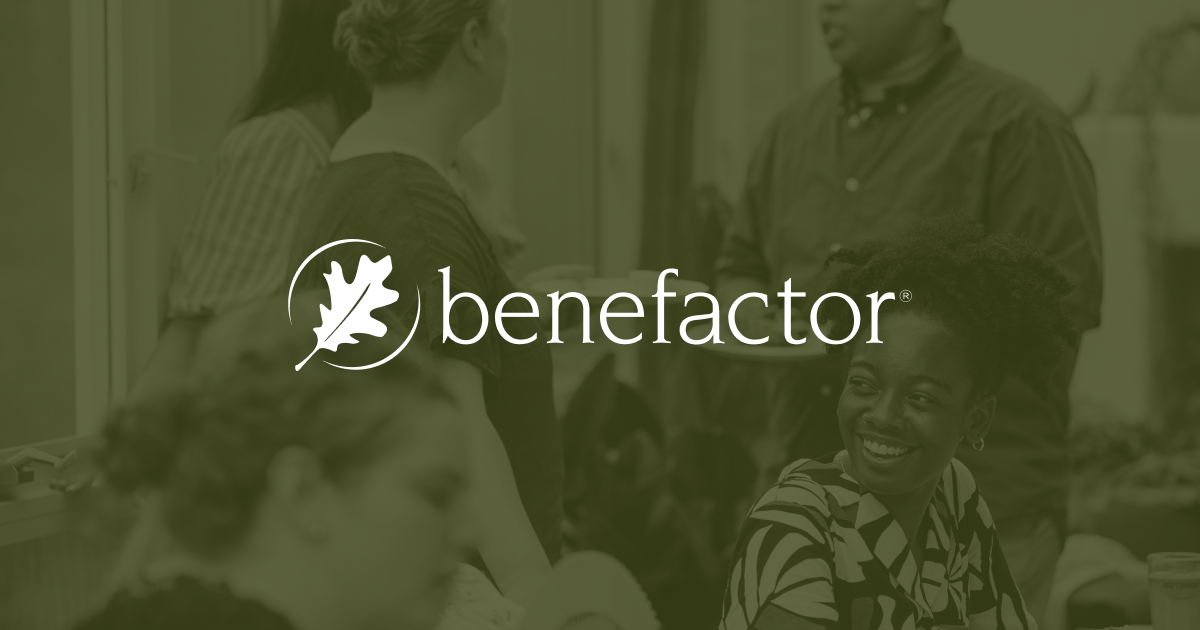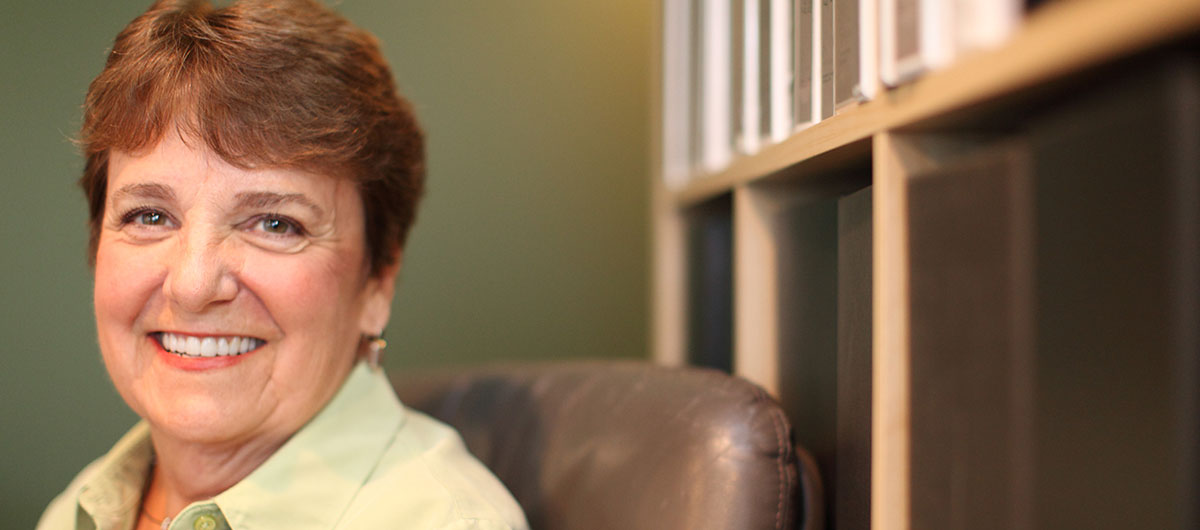Donors who make planned gifts nearly always are financially secure (which is not to say wealthy), highly acculturated into the American way of life, and involved in a community larger than their own families. They visualize solutions to intractable problems and identify with organizations that provide opportunities for many people, rather than with specific needs or the needy. They seek organizations with which they share interests and values as partners to help them realize their visions for a better community or world. They decide to invest in a preferred future.
Paul Schervish says such donors, especially wealthy ones, have “an inclination to be producers rather than simply supporters of philanthropic projects.”
Donors’ ethnic and racial backgrounds can offer clues about their receptiveness to the concept of planned giving and about effective ways to promote endowment giving.
For example:
- In Latino communities, there may be a perception that charitable giving will automatically decrease the amount of money the donor’s children will inherit. Adam Martinez at Baylor College of Medicine suggests talking to Latino prospects about the importance of the family name, carrying forth traditions, and building a legacy.
- In traditional Asian American cultures, talking about death or money is considered bad luck, although people in their 50s and 60s are more open than those who are older. An appropriate message might be the importance of the cause, the long-term value of the investment for the organization, and how a gift might benefit the donor’s family.
- In many Native American cultures, the subject of death is taboo and “endowment also smacks of hoarding rather than distributing,” according to Donna Chavis of Native Americans in Philanthropy. “Yet all tribes have some aspect of responsibility and stewardship—the seventh generation concept. Therefore, don’t talk about death but, rather, talk about sustaining a way of life.” Carla Roberts, former director of Atlatl (a Native American arts organization), discusses endowment building in terms of seed corn and making sure the cycles of life continue.
- African Americans are also reluctant to talk about death and are accustomed to giving to meet current needs rather than investing resources for the future. Wenda Weekes Moore, a Kellogg Foundation board member, uses a banking analogy with African Americans to explain the concept of endowment. “Think of an endowment as your savings account for the future and annual fundraising as the checking account you use to cover immediate needs. Organizations need both.”
- People of European ancestry are usually less uncomfortable discussing estate planning and the investment of assets to provide income in the future, although discussing money or death is often seen as inappropriate, especially with strangers. They will need assurance about the stability of the organization, its goals and accomplishments, and the concept of permanent recognition.
(The above are very broad-brushed generalizations that point, once again, to the importance of building trusted personal relationships with all prospective donors.)






